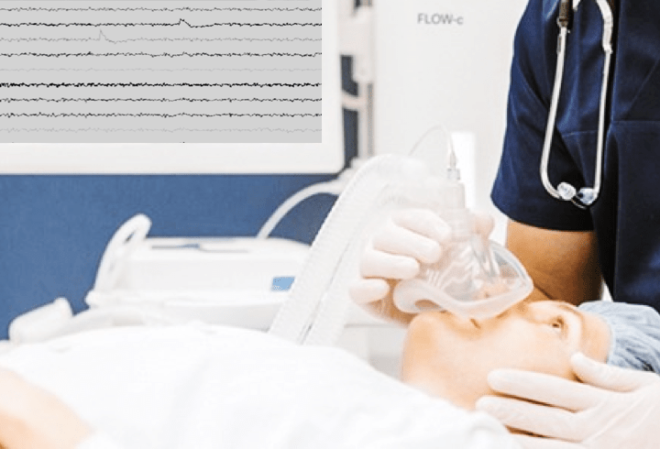One of the key challenges of anesthesia is assessing the state of consciousness or depth of anesthesia of the person through the process of surgery. Hear Dr. Eagleman and Dr. Colombo talk about different approaches using EEG.
Anesthesia is one of the most extraordinary tools of modern medicine. However it comes in various forms and there is considerable challenge estimating the course of anesthesia as individuals go into and come out of it. Are they sufficiently ‘under’ to start surgery? How deep is the anesthesia or how suppressed is their conscious awareness? With a host of different anesthetic agents, each with different mechanisms of action, and surgery patients taking a host of different medications, being able to track the effects are very important for successful surgery outcomes.
EEG has increasingly become a tool of choice for monitoring the course of anesthesia and state of consciousness. These two talks from the first EEG: Analytical Approaches and Applications virtual symposium last year provide a view into which aspects of the EEG signal may be most informative.
see related post Tracking Anesthesia
Tracking depth of Anesthesia with EEG
This talk by Dr. Sarah Eagleman in the Department of Anesthesiology, Perioperative and Pain Medicine at Stanford University provides a view of the challenges of anesthesiology in surgery and approaches to better monitoring.
Presence of Consciousness Across Multiple Brain States
Dr. Michele Colombo from the Department of Biomedical and Clinical Sciences at the Univerita degli studi di Milano looks at how the EEG compares across different states of loss of consciousness from sleep to anesthesia.


















